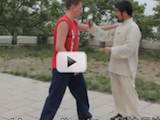of
Grandmaster Hong Junsheng
General Principles
o Peng
Peng has been one of the most talked about topics in Taijiquan. Hong defined Peng as having two meanings: one is the upward expanding action of ward-off and the other the overall combined expanding energy that permeates all moves of Taiji. It is the latter meaning of Peng that is most important to him. “Without Peng, there is no Taiji.” Read more


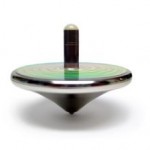

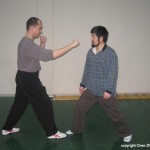
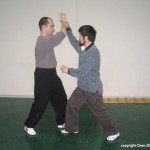
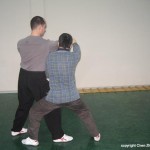
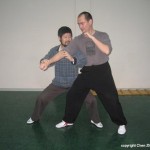
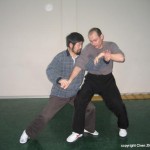
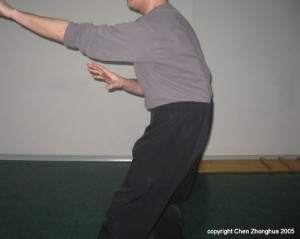 In many cases, when people move, they always render their kua too short in consideration of the opponent’s position. In the following photos, one shows that the kua is too short (the one that has an overall bent body) and one shows the correct kua.
In many cases, when people move, they always render their kua too short in consideration of the opponent’s position. In the following photos, one shows that the kua is too short (the one that has an overall bent body) and one shows the correct kua.
